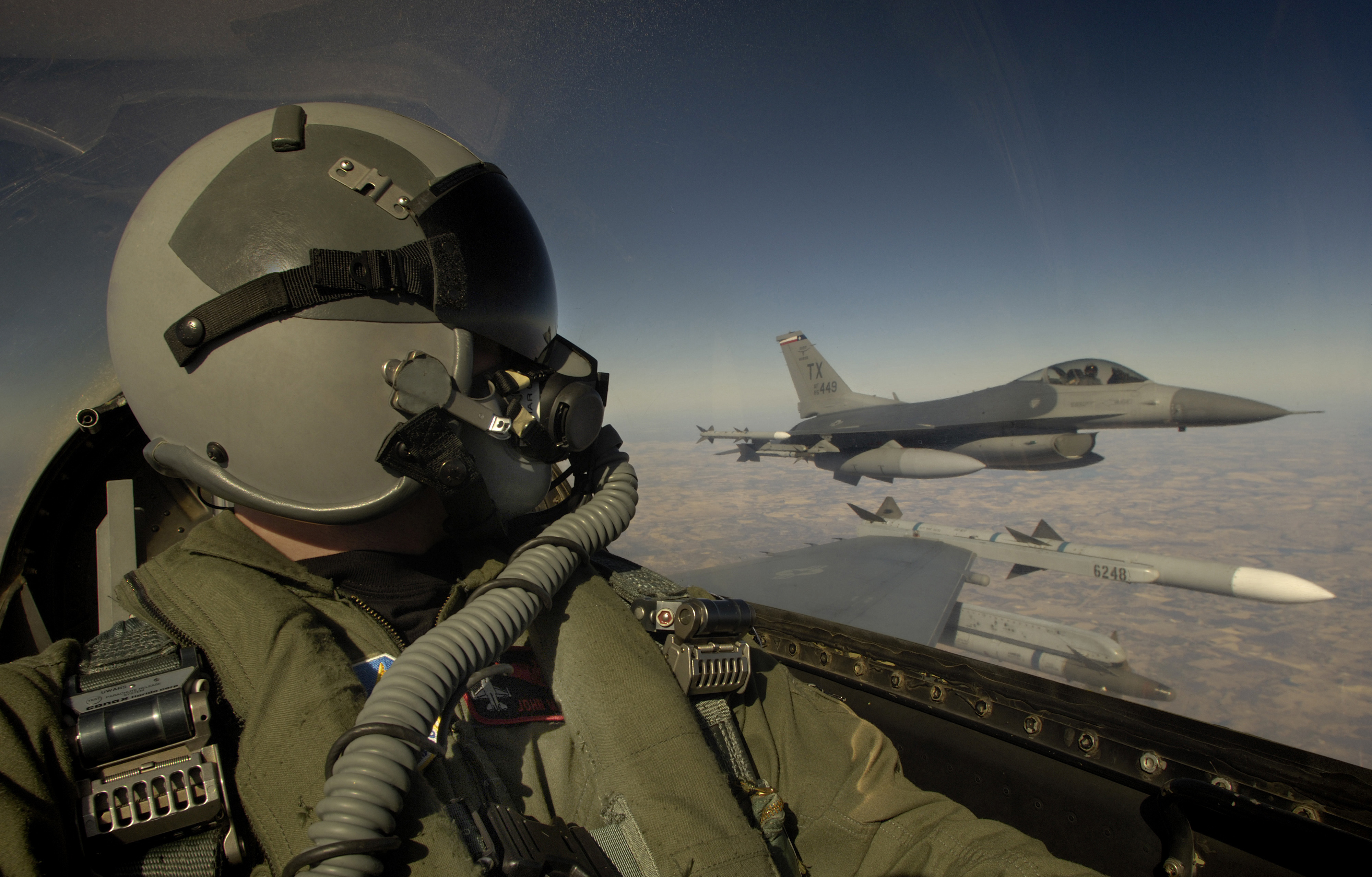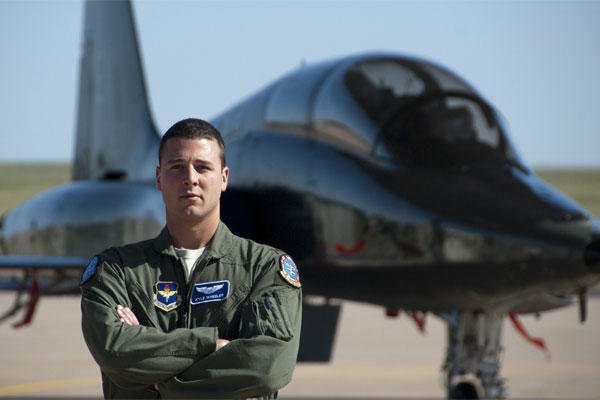

The zones can change with little warning, as when the president travels. The most common reasons for infractions were pilots altering flight plans to avoid bad weather, or not keeping up to date on the shifts and expansions of the government’s no-fly zones. About 88 percent of the offenders were general aviation pilots, and seven percent were military. One of the few detailed studies on the subject, a 2005 Government Accountability Office (GAO) report, found 3,400 violations of restricted airspace, or about three a day, in the 39 months following the Septemterrorist attacks, which rewrote the rules of U.S. This was practice, but the real thing happens often enough. “Nice work, braves,” Parris compliments the F-16 pilots as the passenger airplane peels off toward its home hangar, at Martin State Airport near Baltimore.

The routine is choreographed in advance with the Andrews top guns. The Airvan’s pilot and copilot are Bill Parris and Michael Regen, two Civil Air Patrol volunteers on a day off from their real jobs, as radio station owner and restaurant supply wholesaler. This particular interception turns out to be a dress rehearsal. If the Airvan continues to ignore the fighters in its face, EADS will pass an alert up a chain of command, where unspecified persons will have to decide what to do about it, perhaps within minutes, if the off-course pilot swings west toward the nation’s capital. Yellow blips track every aircraft aloft east of the Mississippi River, several thousand on a typical weekday afternoon like this.Ī general aviation airplane without a flight plan, chugging into restricted airspace, does not take long to stick out from the herd. But their controllers sit 400 miles north, outside the faded Erie Canal town of Rome, New York, amid a forest of glowing monitors at the headquarters of the Eastern Air Defense Sector (EADS). The jet and an unseen wingman have scrambled from Andrews Air Force Base, just east of Washington, D.C. The voice in the earphones sounds less helpful this time: “This is a United States Air Force armed F-16. It executes the “head butt,” soaring up vertically within 500 feet of the intruder’s nose. A minute or two later, the fighter is back, aiming for a more dramatic impression.

You are in violation of restricted airspace. A voice crackles in the pilot’s headset: “This is a United States Air Force armed F-16. Suddenly-whoosh! A trademark shape most of us encounter only in the movies or at airshows darts underneath the 100-knot pleasure craft, then carves a semi-circle in the sky in front of it. The eight-seat recreational airplane, a single-engine Gippsland Airvan, is cruising peacefully over southern Maryland on a hazy June afternoon, pilot and passengers enjoying the view from 4,000 feet, where the Nanticoke River runs into the swamplands at the edge of the Chesapeake Bay.


 0 kommentar(er)
0 kommentar(er)
